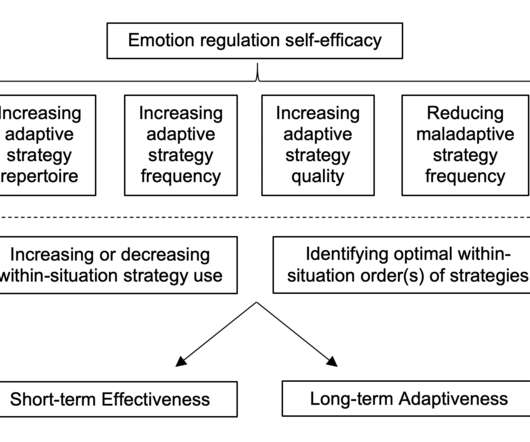Types of Therapy and Mental Health Providers
Stop Abuse Campaign
JANUARY 19, 2022
MHCs and CSWs often work in community mental health clinics, which are more likely to accept a wider variety of insurance, including Medicaid. . Along with psychotherapy, they can dispense medication if needed to help with the overall course of therapy. Dialectical Behavioral Therapy (DBT). Psychodynamic Psychotherapy.












Let's personalize your content